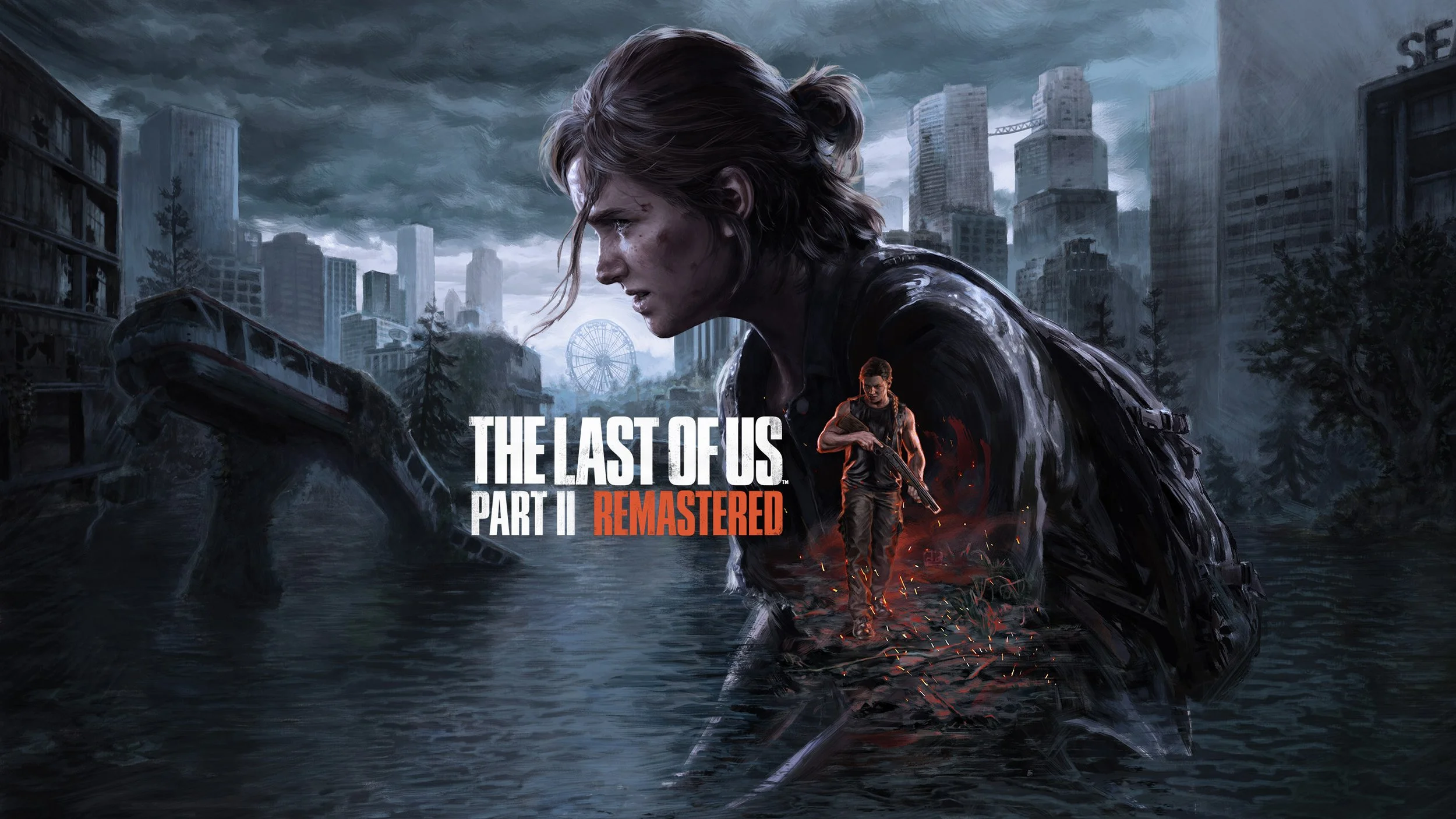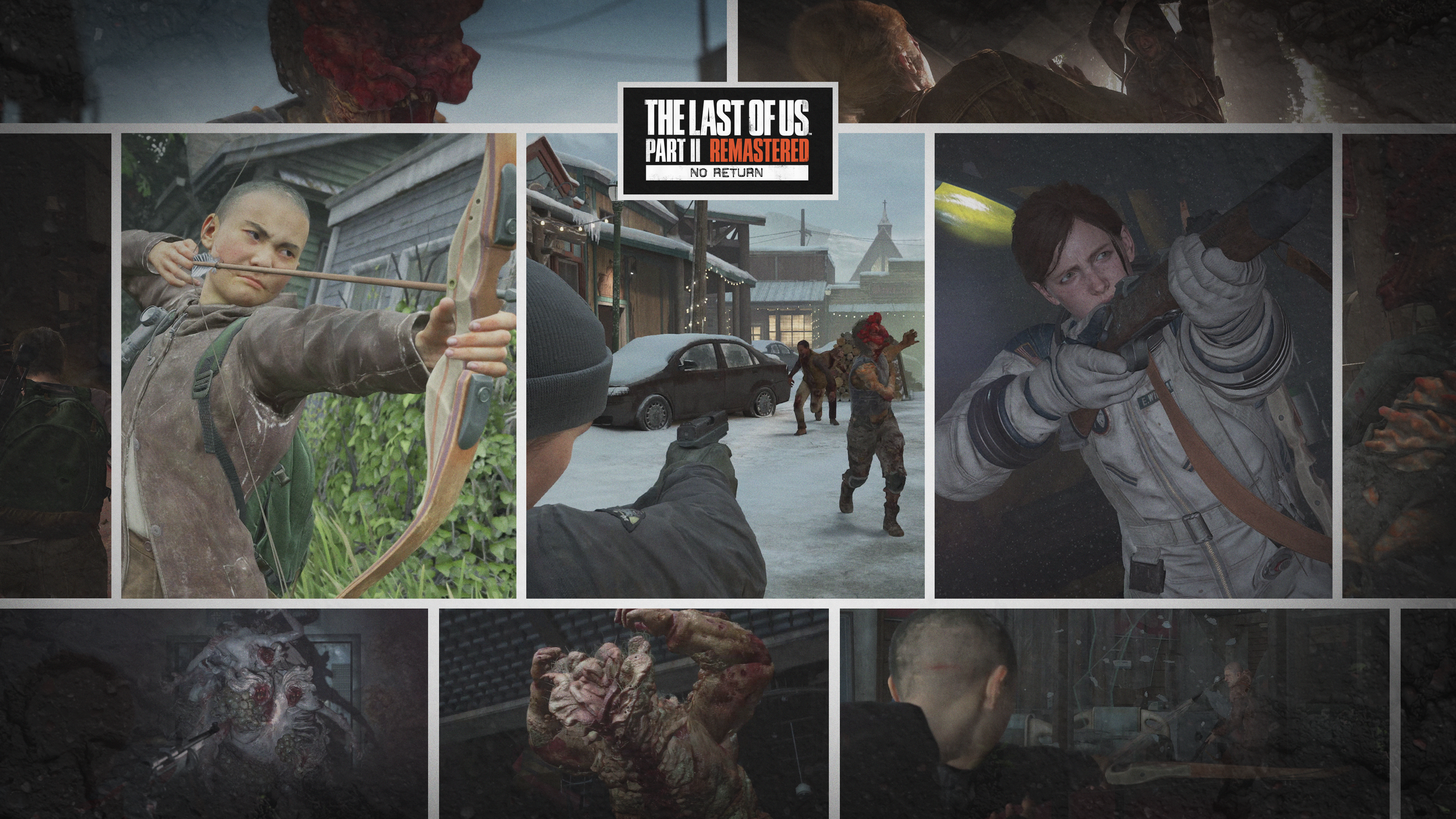
In 2023 I moved off of Last of Us Online and onto The Last of Us Part II Remastered to help close out the game. The main priority was the new roguelike mode, No Return, that was added specifically for the remaster, but I also worked on miscellaneous polish and bug fixing for the main game whenever it was needed. This included optimization, haptics updates for Dualsense, various script fixes, and polishing animations; in particular I was responsible for polishing all of the updated workbench weapon animations to ensure they were smooth and had no pops.

On No Return, I inherited the systems for procedural run generation, encounter game modes, and enemy/boss encounters, as well as helped out with UI scripting. This included adapting certain main story boss encounters to work with the more systemic gameplay of the roguelike mode. For example, the original Rat King encounter had a damage threshold at which the second phase would trigger rather than a total concrete health pool for the whole fight, and the second phase triggering had other conditions (like suitability of location for the animation to play) that needed to be met before tracking to the next damage threshold would begin; that meant that, originally, any damage inflicted between the first threshold being met and the second phase actually triggering would be effectively ignored. This worked for the main story where the damage threshold was invisible to the player, but for No Return, which showed the Rat King’s health via health bars, this logic needed to be redone in order for the health bar display to remain accurate and fair to the player while still allowing the second phase transition to play correctly.
My biggest contribution, however, was to the new accessibility mechanics unique to No Return. In addition to polishing the standard accessibility mechanics, I also owned the new “navigation assist goals” system that allows players to pick a specific type of nav assist goal they want to be guided to, allowing visually impaired players far more agency in the more open encounters of No Return. By swiping down on the touchpad with this system enabled, players can cycle through all the targets that they might want to navigate to while in an encounter or in the hub. This was crucial especially for the more open-ended encounters of No Return, where it’s almost impossible to guess what the player will want to do at any given moment; so instead of guessing, we gave the player the agency to strategize and choose. We wanted to have accessibility options that try to preserve elements of the original gameplay challenge instead of simply bypassing an otherwise-inaccessible challenge, which is an accessible design ethos that I’ve noticed is shared by many of the consultants I’ve had the opportunity to speak with.
“One final triumph of the navigational assist in No Return is during the encounters themselves. This is where the potential of nav assist like this is fully realized…
There is a setting for nav assist called ‘combat.’ Now, you may be thinking, ‘That sounds scary. Wouldn’t this take me directly into the arms of my enemy?’ The answer is no. What combat does is take you to the outer scan range of the nearest enemy. It takes you to the spot where doing an enemy scan would detect an enemy. This is already helpful because some of the maps are quite large, and when you have few enemies left it means you can still easily locate them, but get this, it also works during combat. This is why I think it’s brilliant. If you’re surrounded by enemies, using combat will still attempt to take you to the outer scan range of those enemies. Always the outer range. This means you can use combat to get just a little bit of distance if you need it. Now if you ask me, THAT is cool.”
— From Brandon Cole’s (superblindman) review
of the new accessibility mechanics
The specific contribution I’m most proud of is the design and implementation of the Combat nav assist goal. Because The Last of Us has such an emphasis on stealth gameplay, picking a location for the Combat goal couldn’t be as simple as navigating straight to enemies, because very rarely while playing The Last of Us do you actually want to run right towards the enemy—although sometimes, like when you’re trying to stealth kill, you want to do exactly that, and it would be frustrating to not be able to do so.
The way I ended up implementing the Combat goal was to have it change the way it picks a target location based on the player’s circumstances. If they’re in stealth and undetected, it will lead towards a nearby unaware enemy so the player can pick them off. After the fighting has started, however, I used our “posts” system for AI behavior to prioritize goal locations in cover near the edge of enemy groups. I felt that this was the aspect of gameplay that there was a greater need to make accessible, given once the player is close enough to enemies to be in combat, other accessibility features and sound design can be used to track nearby enemies. This means that if surrounded, a player can instead use the Combat goal to move to an appropriate spot to regroup. During boss encounters, where the player tends to be surrounded by default, the Combat goal will even explicitly always navigate the player away from enemies and into cover. My hope was that this design would more accurately reflect players’ intent when approaching a combat encounter and give them more agency to engage with enemies tactically and on their own terms, and as a result make the strategic challenge more accessible to visually impaired players.